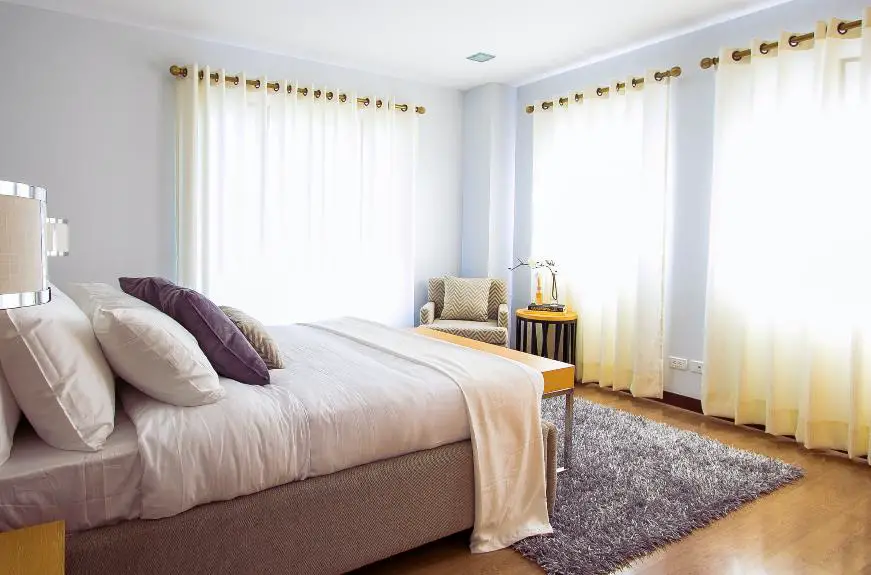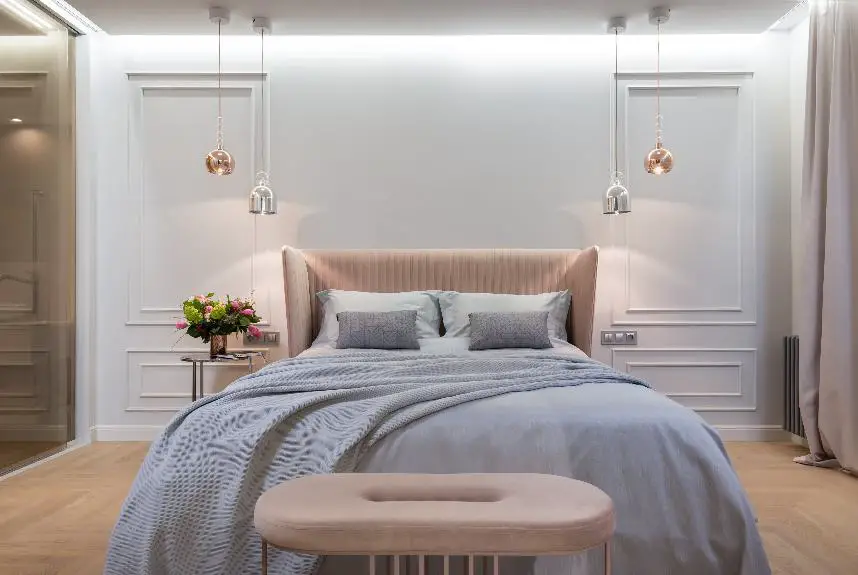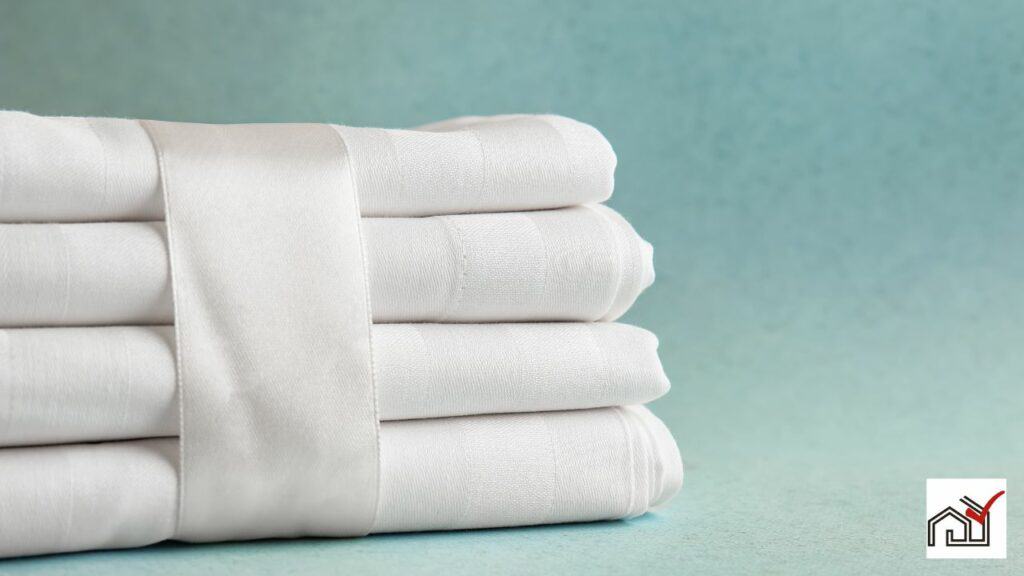Pillows and curtains do not necessarily have to match in interior design. While matching can create a unified look, mixing colors and patterns can add interest and dimension to a room.
The decision should be based on the desired atmosphere and the overall design theme. This discussion will cover the role of color coordination, the combination of patterns and textures, and the use of decorative accents in current home decor trends, providing advice for achieving a balanced and personalized space.
Importance of Color Coordination
Color coordination is important in interior design because it affects the look and feel of a room. Using matching colors can create harmony and a unified appearance. It involves selecting a balanced color scheme that complements the room's style.
Coordinating curtains with items like throw pillows is key to a finished look. Curtains can influence the room's decor, and using complementary colors, like blue curtains with orange pillows, can provide contrast and visual interest.
Neutral colors can serve as a base, allowing for the addition of brighter accents without making the space too busy. For example, neutral curtains can ground the room, while colorful pillows can add interest.
Effective color coordination is about creating a cohesive design that reflects the room's purpose and desired atmosphere. It is essential for setting the tone of a space, whether it's a calm area or a place for socializing.
Matching Patterns and Textures
When matching throw pillows and curtains, combining various patterns and textures can improve a room's look. This adds depth and interest, going beyond simply matching colors. It's important to keep a balanced color scheme.
Mixing textures, like pairing a velvet curtain with a linen pillow, adds contrast and warmth. Different patterns, such as geometric curtains with organic-shaped pillows, can work together well.
It's important not to mix too many patterns, which can be distracting. A good approach is to have one main pattern with others as accents. Solid colors can help to balance bold patterns.
Using fabric trims like piping in the same material as the curtains on the pillows can unify the design. The overall goal is to carefully select patterns and textures that complement the room's character.
The Role of Contrast
Contrast is important in interior design, especially when selecting throw pillows and curtains. It adds visual interest and can highlight the room's design. Using contrasting colors can bring a room to life, either by setting a mood or emphasizing a style. For example, bright throw pillows can stand out against neutral curtains, adding depth to the room.
Different textures can also add contrast, preventing a room from looking dull. Pairing a smooth silk curtain with a rough linen throw pillow adds a tactile element, enhancing the feel of the room. This combination can reflect the room's intended atmosphere, such as luxury or comfort.
To create a balanced look, it's important to try different combinations where the contrasting elements complement each other. This can be done by choosing colors or patterns that differ but share something in common, like tone or theme.
When using bold contrasts, it's crucial to ensure they enhance the room's design rather than overpower it. With careful consideration, contrast can make a room visually attractive and full of character.
Decorative Accents and Consistency
Use decorative accents like throw pillows and curtains to improve room aesthetics. Choose colors that match the room for a cohesive look. Accents should complement, not be identical to, the design theme.
Combine different textures or patterns in the same color family to add depth while keeping a unified appearance. Matching curtains to wall color provides a backdrop for throw pillows to add color or interest.
Varying shades of a color add sophistication and prevent any one element from dominating. Decorative pieces should create balance and guide the eye through the room.
The aim is to balance coordination with individuality. Pillows and curtains that fit the room's color scheme make the space cohesive and welcoming, with each element serving a purpose in the design.
Current Home Decor Trends
Current home decor trends favor a cohesive look with a mix of colors and patterns in pillows and curtains. Designers are opting for a balanced approach to matching, creating rooms that are harmonious without being monotonous. Instead of exact matches, a shared color can link curtains and bedding, providing unity.
Another trend is to use the same fabric for pillow piping as on curtains, which subtly ties the room's elements together. Additionally, incorporating a third fabric in a similar color palette can add depth to the room's design.
Neutral curtain fabrics paired with colorful pillows are also in vogue, allowing pillows to become the focal point and easily changeable accents that adapt to different color schemes.
Practical Tips for Styling
Choose pillows and curtains that match the desired look and feel of the room, as they greatly affect the ambiance. To create a cohesive yet varied look, select a color scheme that aligns with the intended mood. For example, yellow pillows can brighten a room, but use them sparingly to avoid overpowering the space.
Match throw pillows to the room's existing colors for a harmonious look. If the curtains have a pattern, opt for pillows in one of the pattern's solid colors. If the curtains are solid, choose patterned pillows that include that color. This creates a coordinated appearance without exact matching.
Incorporate different textures like velvet, silk, linen, or woven fabrics for added depth and comfort.
Pay attention to the scale of patterns, combining larger and smaller ones to prevent clashing.





